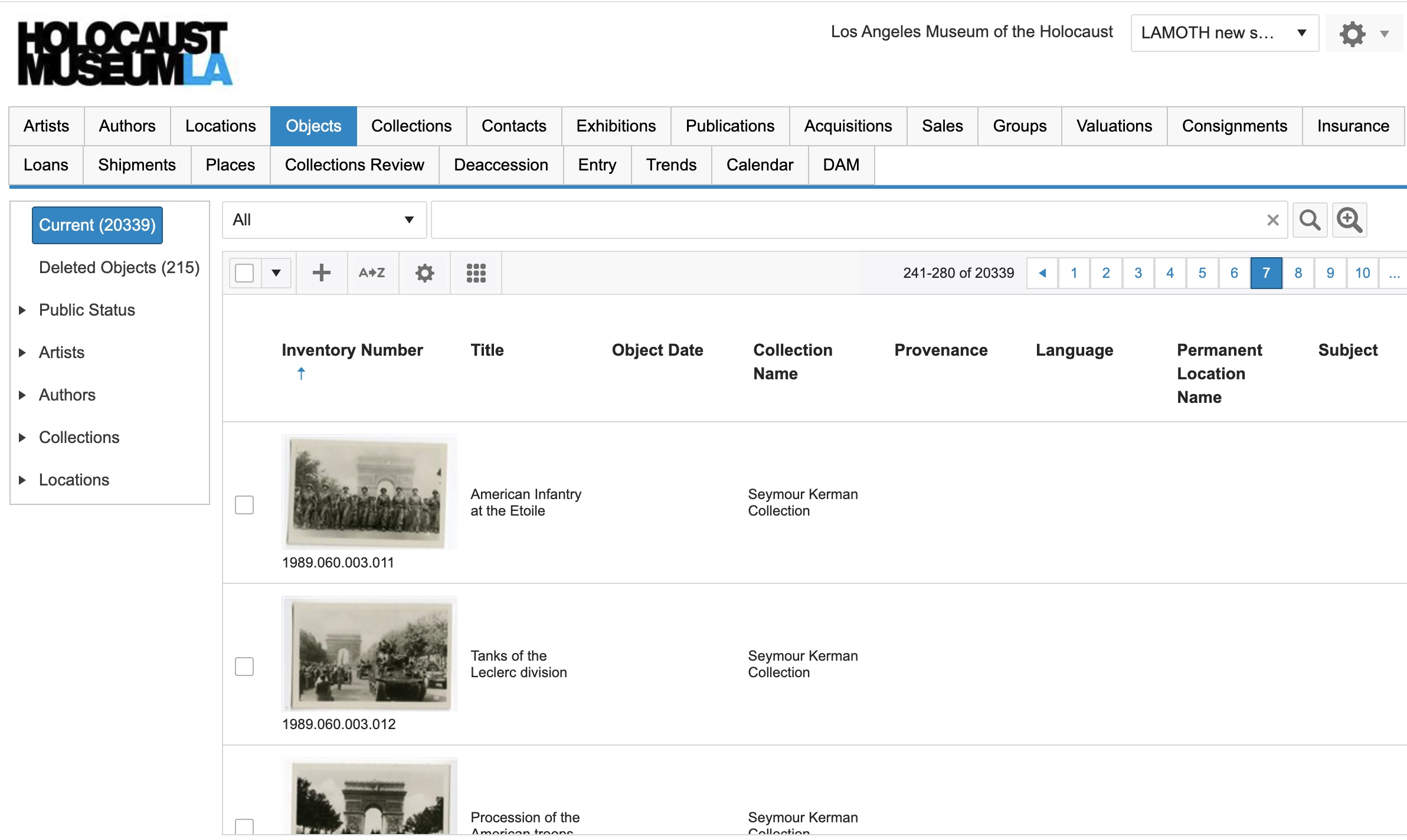
Amidst the challenges of a global pandemic, Holocaust Museum LA redefined their traditional model of an internship in the Archive, creating a virtual program with lessons learned in remote collaboration. Beyond the hurdles of diverse time zones and required skill sets, this initiative significantly increased the team’s capacity. With standardized processes and meticulous quality checks, interns worldwide contribute to processing and cataloging museum collections. Looking ahead, their work lays the foundation for a public-facing database for the collection, elevating accessibility and fulfilling our core archival mission.

The main objective of this research is to think about the cultural heritage of “Ningunismo” and its definitions through the preservation and cataloging of materials from different media, contained in a horizontal and communal archive with free online access. The focus is mainly on the hermeneutic conflict, originated after the death of the founders and how the mass media distorted its existence. The archive is composed of 500 items, 170 agents, and 30 places. The creation of a tree of elements helped to relate the different formats. From newspaper notes, to abandoned web pages, to papers at sociology conferences, any publication about or mentioning "Ningunismo" was included. Virtual material pertaining to disused web pages turned out to be the most numerous.

This paper considers how digitisation can be mobilized by museums as a tool of both photographic preservation and access by placing the materiality of its objects at the fore. Using the digitisation workflow of the acetate negatives in the Berenice Abbott Archive at the Ryerson Image Centre this paper will address these concerns. First, this paper will describe the material aspects of Abbott’s acetate negatives, and the preservation issues in the collection. Second, it will describe the monitoring of vinegar syndrome present in the collection and the development of a digitisation workflow based on acetic acid off-gassing and the development of a priority sequence. Third, this paper will demonstrate how digitisation can be used to preserve and provide access to the object, its condition, and the image without sacrifice.